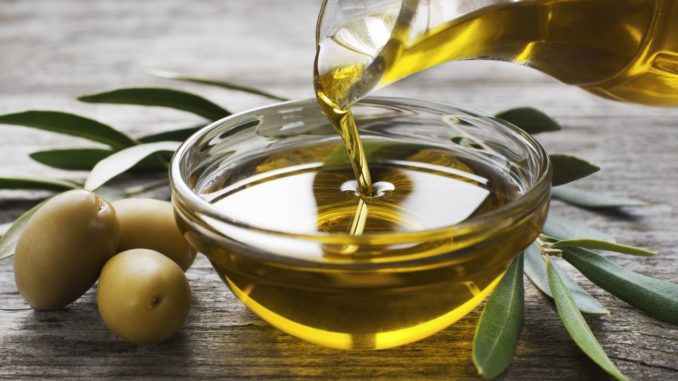
Fatberg, a congealed mass of wet wipes, animal fat, and used cooking oil, is filling the sewers of major cities in the US and around the world. This problem is not only unsanitary but financially draining as well. In New York City, for instance, 71 percent of sewer backups are due to grease. The city spent $18 million for more than five years to fight such a problem.
Improper disposal of used cooking oil, like pouring it down the sink, is one of the causes of fatberg. It’s essential to dispose of used cooking oil correctly to not just save cities money but help the environment, too.
Used Cooking Oil Cause Environmental Damage
The U.S. Environmental Protection Agency (EPA) explains vegetable oils have the same physical properties and similar environmental effects as petroleum oils. This type of oil coats animals and plants with oil, suffocating them. Affected organisms could suffer from diarrhea and dehydration, hypothermia, or starvation.
Vegetable and animal fats damage existing and future food supplies, habitats, and breeding animals. They also clog water treatment plants and catch fire when there are ignition sources.
Whether you’re a homeowner or a restaurant owner looking to discard cooking oil, follow certain procedures to ensure you don’t contribute to the things that create fatberg.
Proper Disposal of Used Cooking Oil

It’s essential to check with your local solid waste department to learn how you can properly dispose of your used cooking oil in your area. Local agencies could also recommend companies, like GF Commodities, that buy or collect used cooking oil and animal fats.
The proper ways to throw away used cooking oil include:
- Pour completely cooled oil into a non-recyclable container, such as milk cartons, wax- or plastic-lined paper containers, and takeout containers, before throwing it in the garbage.
- Mix it with an absorbent material, including a cat litter, sawdust, or sand, then throw it away.
- Have a fat trapper system, which is a plastic receptacle that holds foil-lined bags where you can pour used cooking oil before putting in it the garbage.
Instead of ending in sewers, used cooking oils can also turn into renewable fuels. Biodiesel is a type of fuel that has low carbon, so it’s more environmentally friendly.
Turning Used Cooking Oil to Biodiesel
Diesel automotive engine can use biodiesel in its pure form or mixed with petroleum-based diesel. You don’t need to modify it, and it produced a renewable, less-expensive, and clean-burning fuel. Any type of vegetable oil can be used when making biodiesel. Using used cooking oil, however, may require a little more work.
Biodiesel is composed of vegetable oil, sodium hydroxide, and methanol. Although you can make biodiesel on your own, some of its components are harmful, especially if they come into contact with your skin.
The stability and shelf life of biodiesel vary based on the oil it was derived. Antioxidant tocopherol or vitamin E from some oils makes the biodiesel lasts longer. You will notice how the stability of your biodiesel has diminished after 10 days, and you may not be able to use it after two months.
It’s almost unavoidable to use cooking oils as they are a vital ingredient in cooking and baking. But with proper disposal, you can help your community control the growth of fatberg in your sewers and minimize its impact on the environment.
